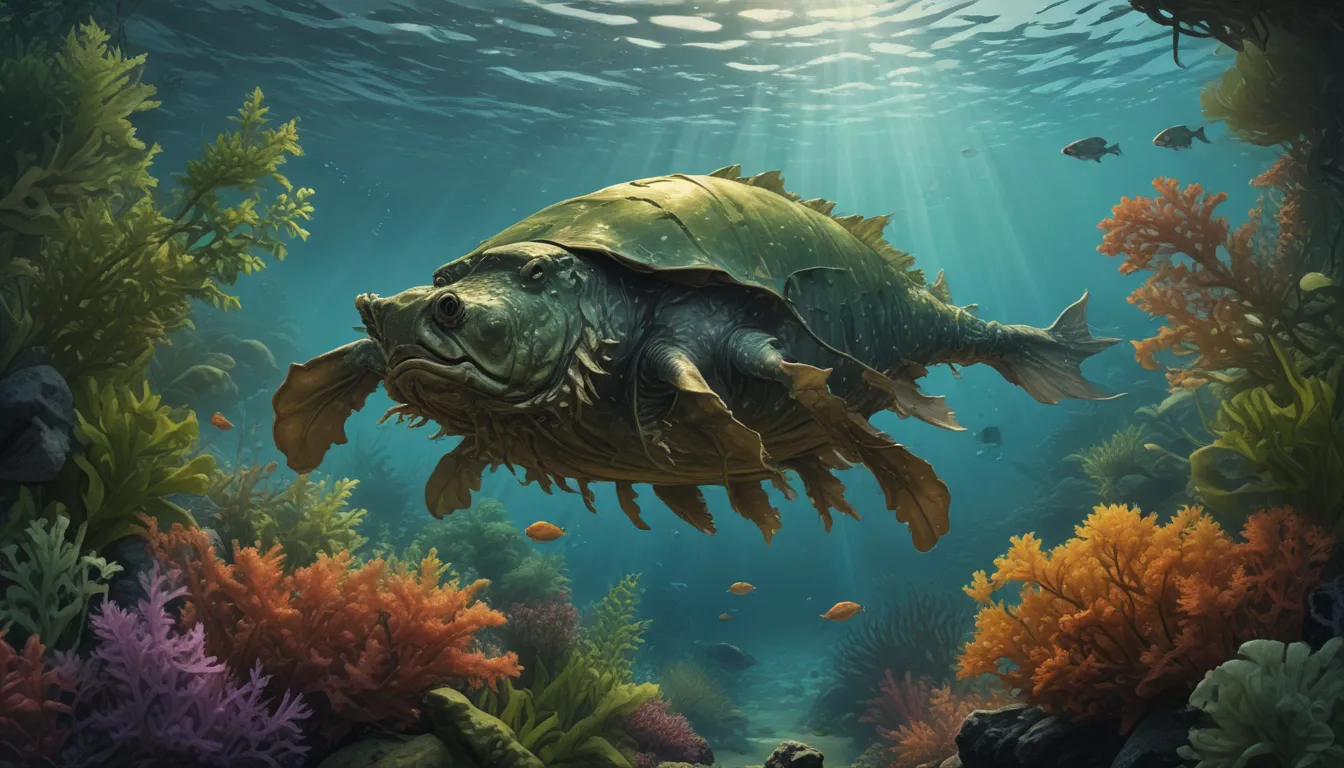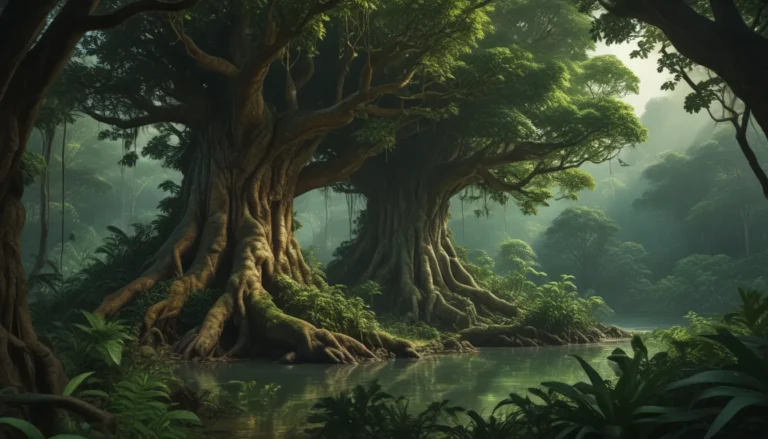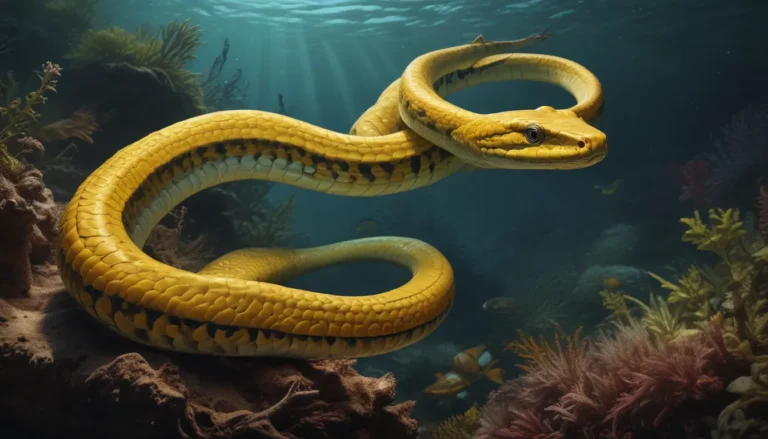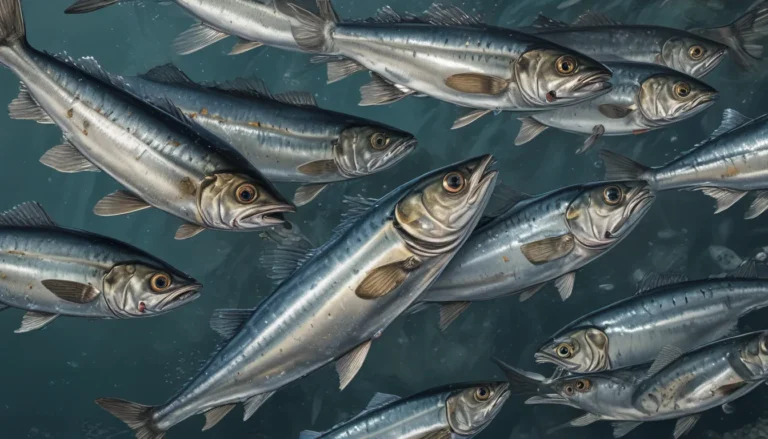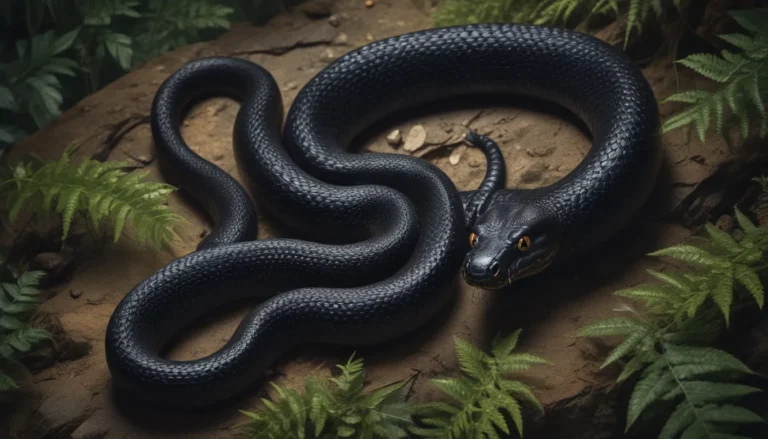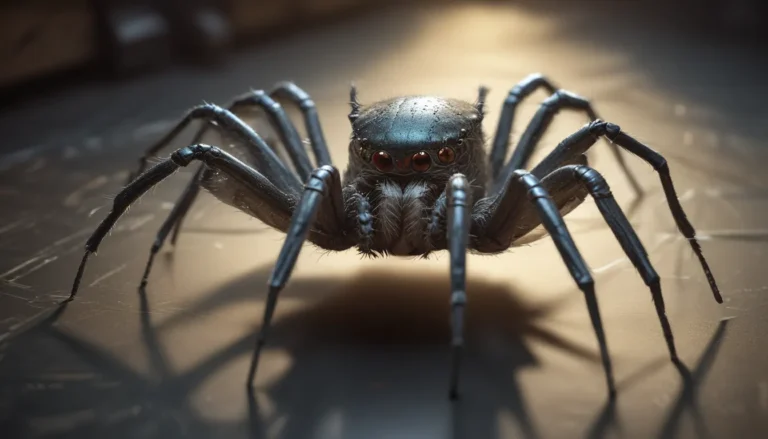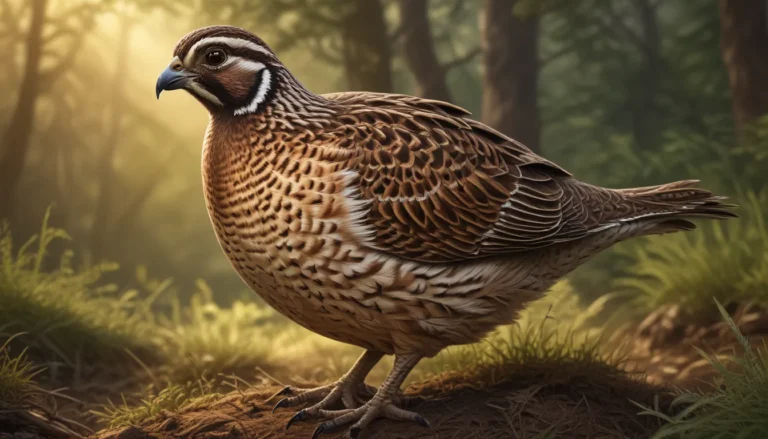The pictures we use in our articles might not show exactly what the words say. We choose these pictures to make you interested in reading more. The pictures work together with the words but don’t take their place. The words still tell you the important facts.
Welcome to the enchanting world of kelp crabs, where small yet mighty creatures thrive in the delicate ecosystem of coastal areas. These fascinating crustaceans, belonging to the Epialtidae family, boast unique adaptations that set them apart from other marine animals. With their impressive climbing abilities, regenerative powers, and remarkable camouflage, kelp crabs capture the hearts of marine enthusiasts and researchers alike.
Unveiling the Mysteries of Kelp Crabs
Let's delve into 15 captivating facts about kelp crabs that will deepen your appreciation for these elusive creatures and their significant role in maintaining the balance of kelp forest ecosystems.
1. Distinct Body Shape
Kelp crabs have a flattened body shape that allows them to effortlessly maneuver through dense kelp canopies. This unique body structure also aids in their camouflage among swaying kelp fronds, providing them with a stealthy advantage in their underwater world.
2. Skilled Climbers
Equipped with specialized legs and hooked claws, kelp crabs are skilled climbers that can cling onto kelp stalks and navigate up and down with ease. Their climbing prowess enables them to explore their habitat and evade predators effectively.
3. Omnivorous Diet
These versatile creatures have a diverse diet, feeding on kelp, algae, small invertebrates, and detritus. Their feeding habits make them essential herbivores in kelp forest ecosystems, contributing to the regulation of kelp growth and the overall balance of the ecosystem.
4. Impressive Size Variability
While most kelp crabs are small in size, certain species, like the Northern Kelp Crab, can reach lengths of up to 4 inches. Their size diversity adds to the intrigue of these captivating creatures and showcases the wide range of adaptations within the Epialtidae family.
5. Camouflage Mastery
One of the most fascinating traits of kelp crabs is their exceptional camouflage abilities. They have the remarkable capability to change their color to blend seamlessly into their surroundings, allowing them to evade predators and move undetected through the kelp forest environment.
6. Regenerative Skills
In the face of predation or injury, kelp crabs can regenerate lost limbs, such as claws or legs, during subsequent molting cycles. This impressive regenerative ability enhances their survival chances and demonstrates the resilience of these remarkable crustaceans.
7. Enhanced Sensory Organs
Kelp crabs possess complex eyes and antennae that enable them to detect movement, locate food sources, and navigate their environment effectively. Their well-developed sensory organs play a crucial role in their survival and social interactions within the kelp forest ecosystem.
8. Nocturnal Behavior
Primarily active at night, kelp crabs engage in foraging activities and social behaviors under the cover of darkness. Their nocturnal nature adds an element of mystery to their lifestyle, making them intriguing subjects for observation and study by researchers and nature enthusiasts.
9. Varied Predators
Facing threats from sea otters, fish, birds, and larger crustaceans, kelp crabs must navigate a complex web of predators in their underwater habitat. Their ability to adapt and employ defensive strategies is essential for their survival in the face of formidable predators.
10. Chemical Communication
Kelp crabs communicate with each other through the release of chemical signals called pheromones, particularly during mating rituals and social interactions. This form of communication plays a vital role in their reproductive success and overall behavior within the kelp forest community.
11. Short Lifespan
With an average lifespan of 2-3 years in the wild, kelp crabs navigate a relatively short existence within the dynamic marine environment. Their limited lifespan underscores the importance of efficient reproduction and survival strategies to maintain their population within kelp forest ecosystems.
12. Economic Value
In certain regions, kelp crabs hold economic value as a source of sustenance, being harvested for human consumption and incorporated into seafood dishes as a delicacy. Their presence in local cuisines highlights the cultural and culinary significance of these intriguing crustaceans.
Embracing the Wonders of Kelp Crabs
The diverse and remarkable world of kelp crabs offers a treasure trove of insights into the intricate balance of marine ecosystems and the intricate adaptations of these captivating creatures. Whether you're a seasoned diver, a nature enthusiast, or simply curious about the wonders of marine life, exploring the realm of kelp crabs promises a journey filled with discovery and wonder.
Conclusion
In conclusion, kelp crabs stand as remarkable symbols of resilience and adaptation in the complex web of kelp forest ecosystems. From their vital role as herbivores to their intricate social behaviors and defensive mechanisms, kelp crabs exemplify the beauty and diversity of marine life. Take a moment to appreciate these awe-inspiring crustaceans and their contribution to the delicate balance of coastal ecosystems.
FAQs
Q: What do kelp crabs eat?
A: Kelp crabs primarily feed on kelp, algae, small invertebrates, and detritus.
Q: Can kelp crabs swim?
A: While kelp crabs possess swimming appendages, they are not strong swimmers and typically crawl along the ocean floor or cling to underwater structures.
Q: Are kelp crabs dangerous?
A: Kelp crabs are generally docile and shy creatures, posing no threat to humans and preferring to avoid confrontation.
Q: How big do kelp crabs get?
A: On average, kelp crabs can grow up to 4 inches in width, with certain species reaching sizes up to 6 inches.
Q: Where can kelp crabs be found?
A: Kelp crabs are primarily located along the Pacific coast, from Alaska to Baja California, inhabiting kelp forests and underwater structures.
Q: How long do kelp crabs live?
A: The lifespan of kelp crabs averages about 2-3 years in the wild, varying based on species and environmental factors.
Q: Can kelp crabs change color?
A: Yes, kelp crabs have the ability to change color to blend in with their surroundings, aiding in their camouflage and protection.
Q: What predators do kelp crabs face?
A: Predators of kelp crabs include sea otters, birds, larger fish, and octopuses, posing significant threats to their survival.
Q: Do kelp crabs have defense mechanisms?
A: Yes, kelp crabs may utilize their pincers, spiky exoskeletons, or evasion tactics when threatened by predators.
Q: Can kelp crabs regenerate lost limbs?
A: Yes, through the process of molting, kelp crabs can regenerate lost limbs, demonstrating their remarkable regenerative capabilities.
Embark on a journey of discovery and appreciation for the captivating world of kelp crabs, where each fact reveals a new layer of intrigue and admiration for these extraordinary creatures. Join us in celebrating the resilience, diversity, and beauty of kelp crabs as they continue to inspire wonder and awe in the hearts of marine enthusiasts and nature lovers worldwide.
